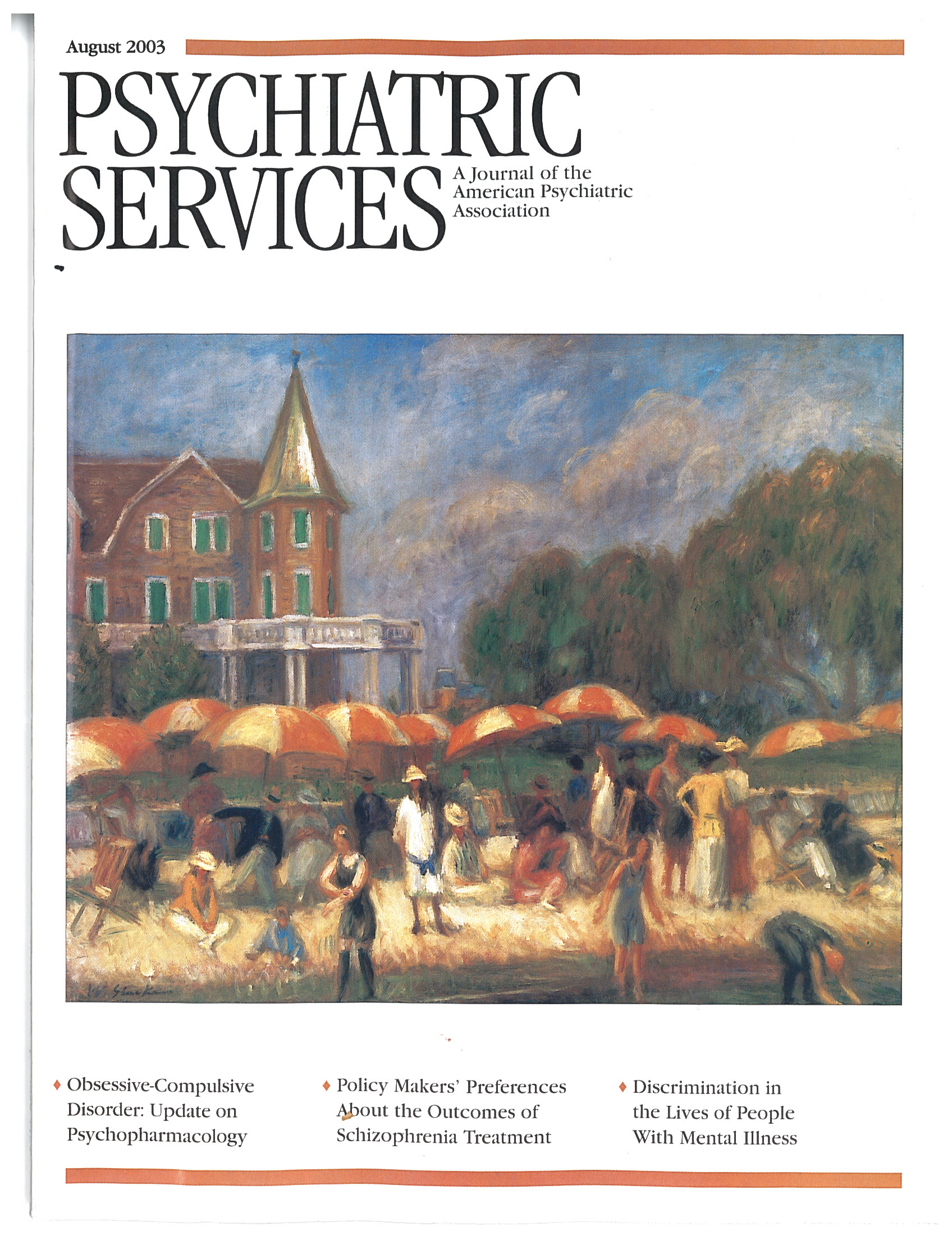Polypharmacy in Psychiatry
In general medicine, polypharmacy is a well-known and generally accepted practice that is often required in order to treat the complications of many disease states. Persons with asthma, for example, often require two or more inhalers as well as medication in tablet or capsule form for control of symptoms. In psychiatry, however, the practice of polypharmacy is generally considered to be taboo, and we are taught to avoid it or to use it only as a last resort in a patient's care. But just as asthma has many different causes, complications, and symptoms that need to be treated, so do psychiatric illnesses—maybe more so.
Polypharmacy in Psychiatry is firmly grounded, thoughtfully written, and well balanced in its presentation and identification of the role of rational polypharmacy in psychiatry. S. Nassir Ghaemi, the book's editor, addresses many of the issues we struggle with on a daily basis and provides a comprehensive, well-rounded picture of the pros and cons of polypsychopharmacology.
The book begins by addressing the origin of polypharmacy in psychiatry, dating back to the mid-19th century. The history of this "taboo" is explained in exquisite depth in the first chapter, whose authors set forth to review the practice of polypharmacy from its historical roots through the psychopharmacological revolution and to the present day. The book includes major reviews and offers much needed interdisciplinary insight into polypsychopharmacological issues pertaining to many of the major DSM diagnoses, such as schizophrenia, bipolar disorder, and posttraumatic stress disorder. Approaches to polypharmacy are discussed from the perspective of the disease, the type of drug, and the population—for example, high-risk populations, children, and medically compromised individuals. Issues surrounding "rational" as well as "irrational" polypharmacy are addressed in each of these contexts.
Polypharmacy in Psychiatry is a well-referenced and unbiased presentation of much of today's issues of psychopharmacological care. Psychiatrists, pharmacists, nurses, social workers—anyone who works with psychotropic drugs—will benefit from this book. It gives a skillful overview of major controversies in psychopharmacological polypharmacy and summarizes much of the literature on current polypharmacy prescribing trends in psychiatry. Such a complete, detailed, and well-researched reference was long overdue in psychiatry.
Dr. Thomas is a clinical psychopharmacologist at Central State Hospital in Petersburg, Virginia.



